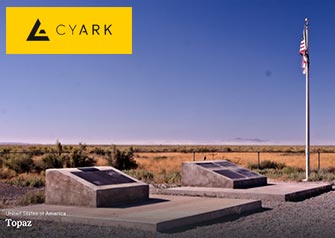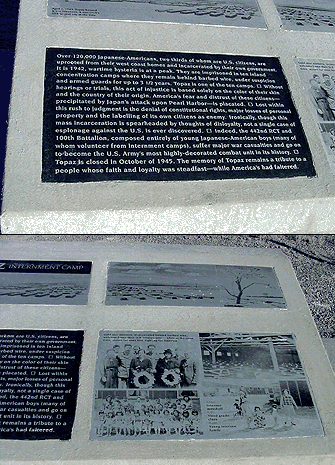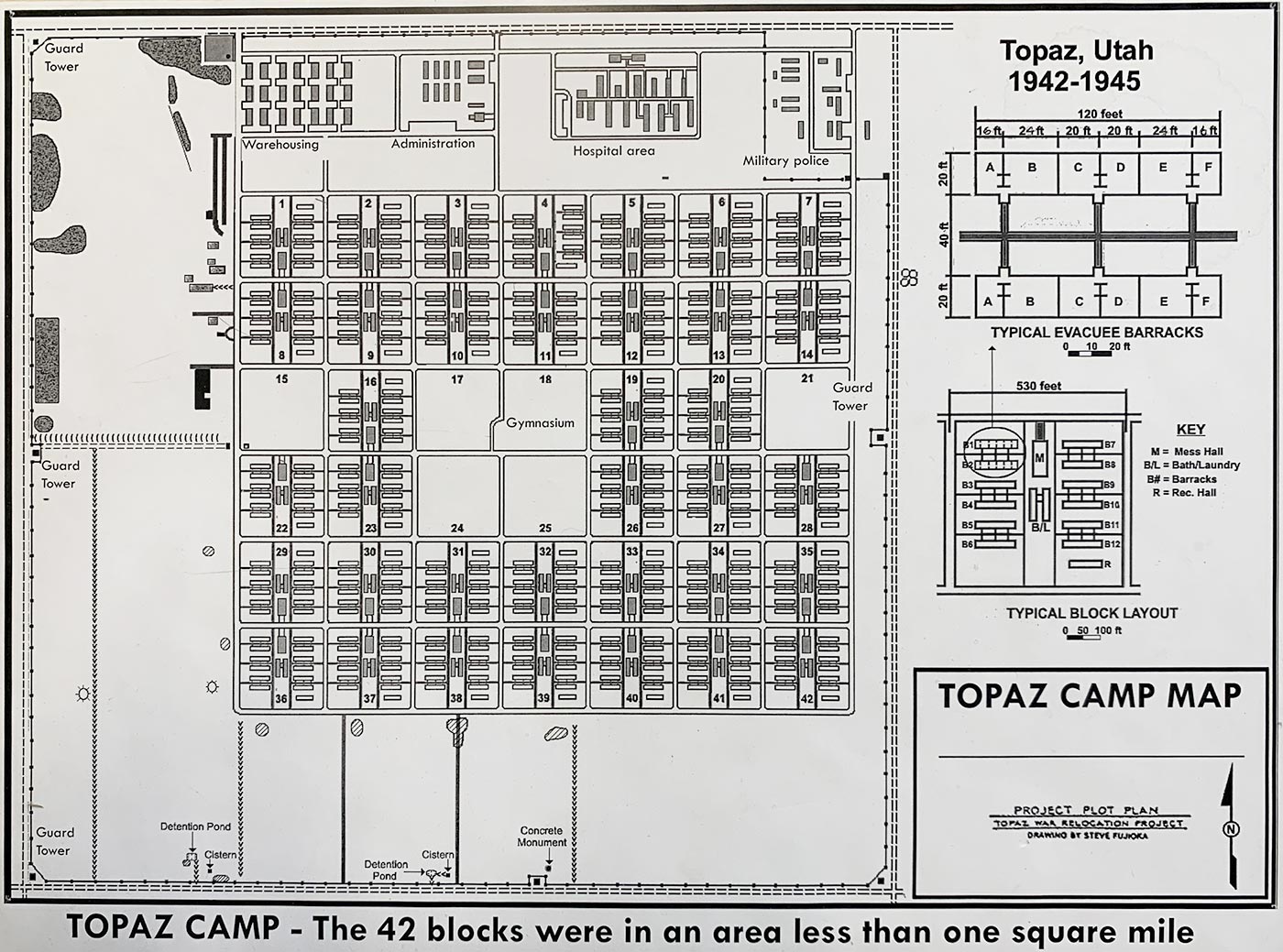VISIT HISTORIC SITE
After Topaz closed in 1945, the U.S. government dismantled the camp. The wood from the buildings was either stripped for recycling or the buildings were sold for $250 for half of a barrack and $500 for half of a hospital wing. Utility poles were removed as were the water pipes, leaving ditches where the pipes once were. The original barbed wire fence remains, although the four strands of wire sag in places. Still, the area reminds visitors of what was once the fifth largest city in Utah. Outlines of where the barracks stood, rock gardens, and pathways are etched into the ground and under the greasewood that has grown since the camp closed.
The Museum Board has purchased 639 acres of the original Topaz camp and is the legal steward of the historic site that is being preserved for historic and educational purposes. If you visit the site, we ask that you follow our site rules, and please do not remove any artifacts. Be careful of rusty nails. To schedule a guided tour of the Topaz site, please complete the Tour Request Form on this website.
We advise visiting the Topaz Museum before traveling to the mile-square camp site, located between 10000 and 11000 West on 4500 North. The Topaz monument is located at 10750 West 4500 North, Delta, UT – Please enter this address into your GPS instead of simply typing “Topaz.”
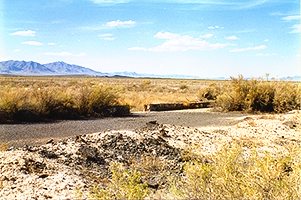
Looking northwest near the administration area, you will see a small rock wall that decorated the entrance.

West toward Mt. Swasey with the Drum Mountains to the north.
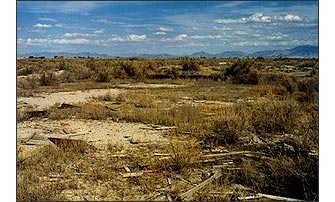
Scraps of wood and metal remain at the site.
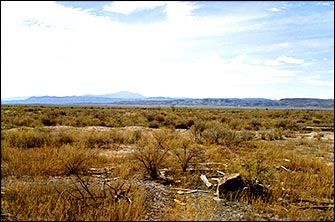
West toward Mt. Swasey with the Drum Mountains to the north.
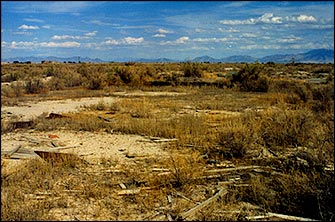
Scraps of wood and metal remain at the site.
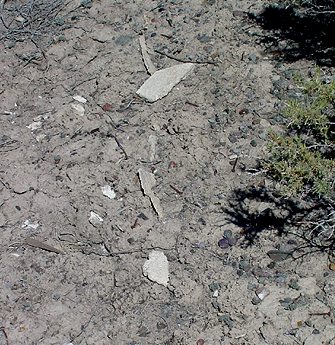
Sheetrock was used to fill the gaps between the ground and the buildings on the outside of the barracks. Some “lines” of the sheetrock remain to mark the exact location of barracks.
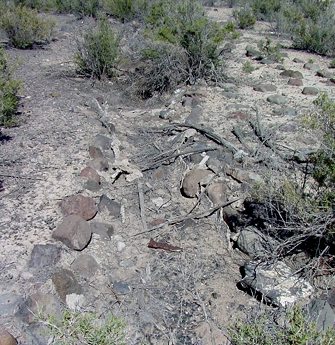
All the rocks used to make gardens had to be hauled into camp from the mountains.
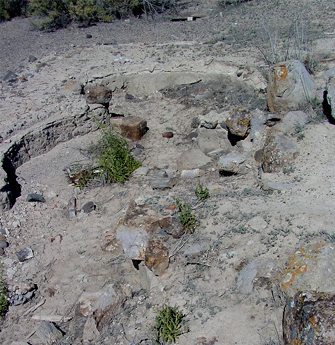
This garden had two sunken barrels in the bottom and was outlined with rocks and cement.

Guard tower footings.
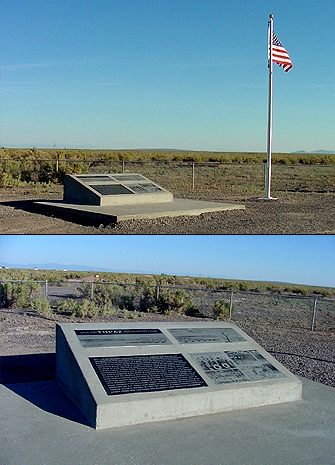
Topaz monument.
Topaz monument detail.
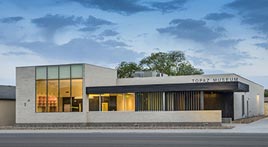
Photo: Brian Buroker
Help Support Our Museum
VISIT HISTORIC SITE
After Topaz closed in 1945, the U.S. government dismantled the camp. The wood from the buildings was either stripped for recycling or the buildings were sold for $250 for half of a barrack and $500 for half of a hospital wing. Utility poles were removed as were the water pipes, leaving ditches where the pipes once were. The original barbed wire fence remains, although the four strands of wire sag in places. Still, the area reminds visitors of what was once the fifth largest city in Utah. Outlines of where the barracks stood, rock gardens, and pathways are etched into the ground and under the greasewood that has grown since the camp closed.
The Museum Board has purchased 639 acres of the original Topaz camp and is the legal steward of the historic site that is being preserved for historic and educational purposes. If you visit the site, we ask that you follow our site rules, and please do not remove any artifacts. Be careful of rusty nails. To schedule a guided tour of the Topaz site, please complete the Tour Request Form on this website.
We advise visiting the Topaz Museum before traveling to the mile-square camp site, located between 10000 and 11000 West on 4500 North. The Topaz monument is located at 10750 West 4500 North, Delta, UT – Please enter this address into your GPS instead of simply typing “Topaz.”

Looking northwest near the administration area, you will see a small rock wall that decorated the entrance.

West toward Mt. Swasey with the Drum Mountains to the north.

Scraps of wood and metal remain at the site.

West toward Mt. Swasey with the Drum Mountains to the north.

Scraps of wood and metal remain at the site.

Sheetrock was used to fill the gaps between the ground and the buildings on the outside of the barracks. Some “lines” of the sheetrock remain to mark the exact location of barracks.

All the rocks used to make gardens had to be hauled into camp from the mountains.

This garden had two sunken barrels in the bottom and was outlined with rocks and cement.

Guard tower footings.

Topaz monument.
Topaz monument detail.

Photo: Brian Buroker

